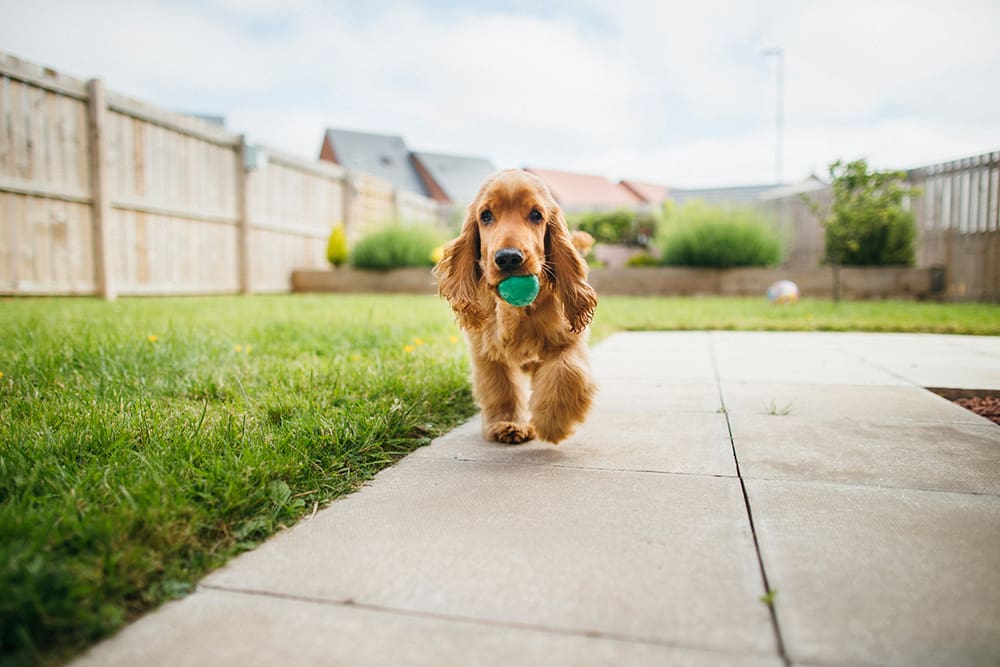With the dog days of summer upon us, it’s crucial for every pet parent to understand the signs, risks, and preventive measures of heatstroke in dogs. Being informed can make all the difference in your canine companion’s health, especially in bustling cityscapes like Chelsea, Hell’s Kitchen, Lower East Side, or Park Slope.
In this blog, we’re going to delve deep into the crucial topic of heatstroke in dogs, and how you, as a responsible pet owner, can ensure your furry friend stays safe this summer.

Understanding Heatstroke in Dogs
Heatstroke, also known as hyperthermia, occurs when a dog’s body temperature rises significantly above the normal range (101.5°F). This spike can lead to dangerous physiological changes that can cause organ failure or even death. Dogs do not sweat like humans do; they primarily cool down by panting and releasing heat through their paws. However, in extremely hot environments, this natural cooling process may not be sufficient.
Risk Factors for Heatstroke in Dogs
Certain factors increase the likelihood of a dog suffering from heatstroke. Brachycephalic breeds, like Bulldogs, Pugs, and Boxers, are more prone to heatstroke due to their short snouts. Additionally, obese dogs, older dogs, and puppies also fall into the high-risk category. Remember, no dog is immune to heatstroke, so it’s essential to be vigilant regardless of your pet’s age, size, or breed.
Signs of Heatstroke in Dogs
Spotting the signs of heatstroke early can save your dog’s life. Look out for heavy panting, excessive drooling, dizziness, lethargy, and loss of consciousness. Some dogs may also vomit, have bloody diarrhea, or seizures.
Immediate Actions to Take if Your Dog Has Heatstroke
If you observe any of these signs, act immediately. Move your dog to a cooler area, provide fresh water (but don’t force them to drink), and cool them down with a fan or by applying tepid (not cold) water to their body. Don’t use ice or very cold water, as this can lead to shock.
Preventing Heatstroke in Dogs
Prevention is always the best cure. On hot days, ensure your pet has access to plenty of fresh water and a cool, shaded area. Never leave your dog in a parked car, even for a few minutes. Consider walking your dog early in the morning or late in the evening when temperatures are cooler.
Best Practices for Hot Days
Invest in cooling mats or vests for your dog, and always carry water during walks. Be mindful of hot pavements, which can burn your dog’s paws. If it’s too hot for your hand, it’s too hot for your dog’s paws!
When to Visit the Vet – Heart of Chelsea Veterinary Group
If your dog shows signs of heatstroke, it’s vital to get them to us as soon as possible. Heatstroke can cause internal damage that isn’t always immediately apparent.
Our experienced team at Heart of Chelsea Veterinary Group can provide urgent care and advice, ensuring your furry friend’s health and wellbeing.
For dog parents in Chelsea, Hell’s Kitchen, Lower East Side, and Park Slope, Heart of Chelsea Veterinary Group is your trusted local vet clinic.
Our team is here to help with advice, preventative care, and emergency assistance. Don’t wait until it’s too late—schedule an appointment for your beloved pet at www.heartofchelsea.com today.
Let’s work together to make this a safe and enjoyable summer for your four-legged friend.
Recent Posts
About Us
Heart of Chelsea Veterinary Group is more than an animal hospital; we are your partner in giving your pet a lifetime of outstanding care. Our veterinarians and team members form lasting relationships with pet owners like you to create unique, personalized experiences for all. Heart of Chelsea was founded in 1999 to provide the community with a neighborhood veterinary practice that delivers thorough, compassionate medicine and unparalleled concierge client service.

